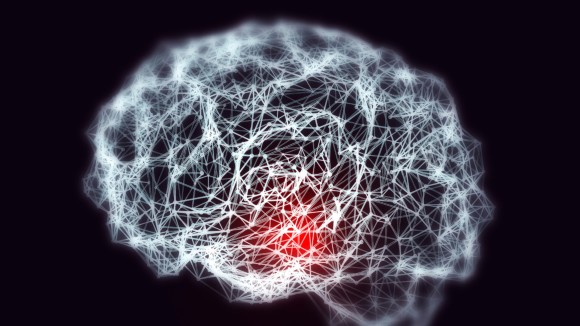 Dr Muthuraman’s research interests focus on movement disorder patients using computational methods for time series analysis and source analysis on oscillatory signals, function of oscillatory activity in central motor systems, biomedical statistics, connectivity analyses, multimodal signal processing and analyses of EEG, MEG, fMRI and EMG, structural and network analyses on anatomical MRI and DTI, machine learning and deep learning.
Dr Muthuraman’s research interests focus on movement disorder patients using computational methods for time series analysis and source analysis on oscillatory signals, function of oscillatory activity in central motor systems, biomedical statistics, connectivity analyses, multimodal signal processing and analyses of EEG, MEG, fMRI and EMG, structural and network analyses on anatomical MRI and DTI, machine learning and deep learning.
 Dr. Wagle Shukla is a Professor of Neurology at the University of Florida. She is the Director for Clinical trials and Division Chief for Movement Disorders Research at the Norman Fixel Institute for Neurological Diseases. Her primary focus is advancing clinical research for Parkinson’s disease, dystonia, and tremor with neuromodulation-based interventions such as transcranial magnetic stimulation and deep brain stimulation.
Dr. Wagle Shukla is a Professor of Neurology at the University of Florida. She is the Director for Clinical trials and Division Chief for Movement Disorders Research at the Norman Fixel Institute for Neurological Diseases. Her primary focus is advancing clinical research for Parkinson’s disease, dystonia, and tremor with neuromodulation-based interventions such as transcranial magnetic stimulation and deep brain stimulation.

